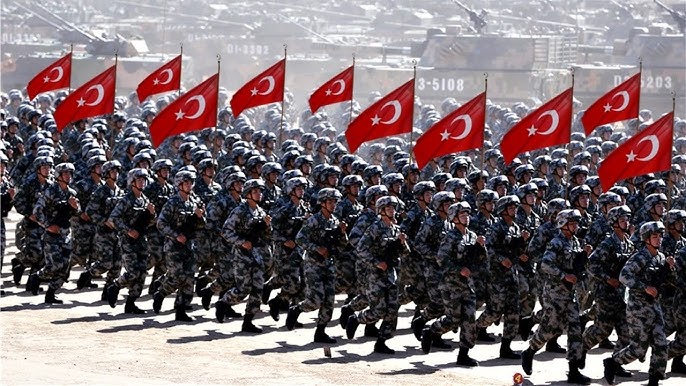In an era marked by rapid technological change and persistent regional conflicts, nations continue to vie for military primacy on the global stage.
According to the latest assessment from Global Firepower (GFP) for 2025, ten countries stand out for the strength, scope, and readiness of their armed forces.
In this article, The New Daily Prime will show you a professional, journalistic overview of each in turn, followed by some implications of the ranking.
- United States
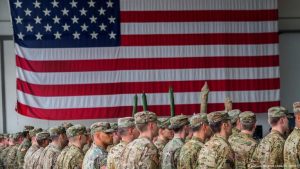
The United States tops the ranking with a Power Index (PwrIndx) of approximately 0.0744, the lower the number, the stronger the conventional military capacity as assessed by GFP.
It dominates in air and sea-power, with over 13,000 aircraft reported and a vast global network of bases and alliances.
Its defence budget (around US$895 billion) far outpaces any other nation, enabling investment in next-generation platforms, stealth technology, and expeditionary forces.
In short, unmatched scale, global reach, and technological edge make the U.S. the benchmark for others.
Read Also: How AI is empowering economic growth in rural Nigeria
- Russia
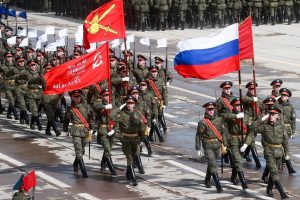
Russia occupies the second position with a PwrIndx of about 0.0788.
Its strength lies in its vast manpower, large tank fleets, and strategic nuclear capability. However, its economy is under pressure and its ability to project power globally is more limited than that of the U.S.
Nonetheless, Russia remains a formidable force, particularly in its near abroad and in hybrid conflict environments.
- China
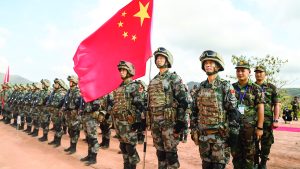
Tied with Russia for the second spot in PwrIndx (≈ 0.0788) according to GFP.
China has rapidly expanded its capabilities: large personnel numbers, a fast-growing navy and air force, and a strong defence industrial base.
Strategically, China is focused on its regional sphere (especially the Asia-Pacific), power projection into adjacent seas, and challenging rival militaries in the long-term.
- India
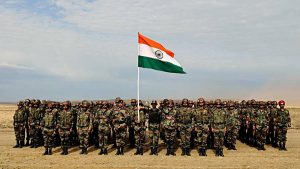
Ranking fourth with a PwrIndx of ~0.1184.
India’s advantage lies in large manpower (over five million in total military personnel estimated) and a rapidly modernising defence sector.
Its strategic imperatives include securing its continental borders, maritime interests in the Indian Ocean, and narrowing the capability gap with its peers.
- South Korea

Fifth on the list with a PwrIndx of approx. 0.1656.
South Korea’s military strength is shaped by its proximity to a long-standing adversary and the intense readiness required thereof. It boasts advanced missile defences, a strong air force, and highly trained conscript and reserve forces.
Read Also: Military veterans demand pay rise, National honours
Its strategic alliance with the United States further enhances its deterrence posture.
- United Kingdom
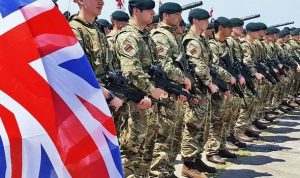
In sixth place with a PwrIndx of ~0.1785.
The UK combines nuclear deterrence (via its submarine fleet), a capable navy (including aircraft carriers), and advanced air and expeditionary forces. Its influence is amplified by its membership in alliances such as NATO and its global diplomatic reach.
- France

Ranked seventh with a PwrIndx of about 0.1878.
France maintains well-rounded military capabilities: nuclear forces, robust naval and air assets, and active participation in global operations. Its defence industry also plays a significant role, both domestically and in exports.
- Japan
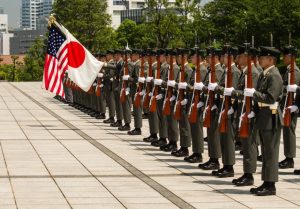
Eighth with a PwrIndx of ~0.1839.
Japan’s Self-Defence Forces benefit from cutting-edge technology, an advanced industrial base, and strategic alliances. While its pacifist constitution imposes some restrictions, Japan is increasingly investing in expanded maritime and air capabilities amid regional tensions.
- Türkiye

Ninth position, PwrIndx ~0.1902.
Türkiye’s strengths include sizeable land forces, growing defence manufacturing (including drones and missile systems), and strategic geography bridging Europe and the Middle East. Its role as a regional power adds to its military significance.
- Italy
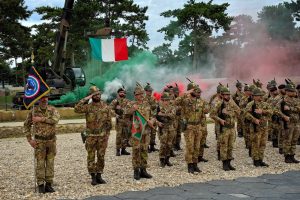
Completing the top ten with a PwrIndx around 0.2164.
Italy’s armed forces are balanced with competent air, land, and naval components, participation in international missions, and a defense industry integrated into broader European cooperation. Diplomacy, alliance commitments and operational experience bolster its influence.
Looking ahead
These rankings reflect more than just numbers of troops or tanks. Key factors include defence budgets, technological sophistication, force readiness, logistics and alliances.
Several themes stand out:
Technological edge: Nations that combine large forces with advanced platforms (stealth aircraft, drones, missile defences) hold disproportionate influence.
Strategic alliances: Countries like the UK, Japan and South Korea benefit from networks of partners and shared intelligence and logistics.
Industrial base: The capacity to produce arms domestically (or via strong partners) confers resilience in protracted conflicts or supply-chain disruptions.
Regional versus global reach: Some powers focus on regional dominance (India, Türkiye), while others project force globally (United States, France).
Budget and sustainability: A large arsenal is only as effective as it is maintained and supported, economics and politics matter.
Conclusion
In 2025, the global military landscape remains dominated by a trio of clear leaders – the United States, Russia, and China – followed by ascending powers like India and South Korea, and historic European players such as the United Kingdom, France, and Italy.
This top-ten list underscores how military strength today is measured not just in numbers, but in the synergy of budget, technology, training, industry, alliances, and strategic vision.
For policymakers, analysts, and journalists, these rankings signal where the balance of power currently lies, and where it might shift in the next decade. Nations outside the top ten aiming to climb the ladder must invest not only in hardware but in innovation, logistics, partnerships, and sustainable defence planning.


